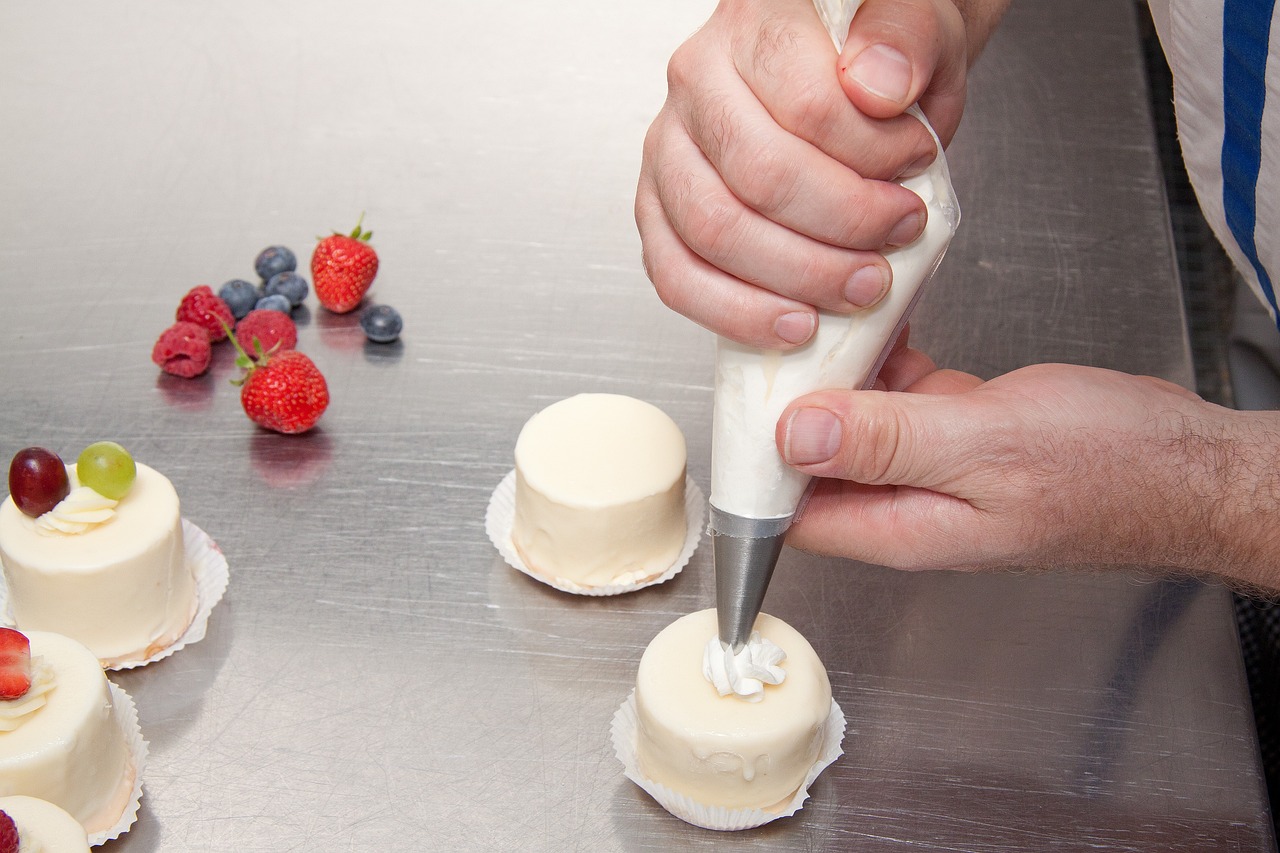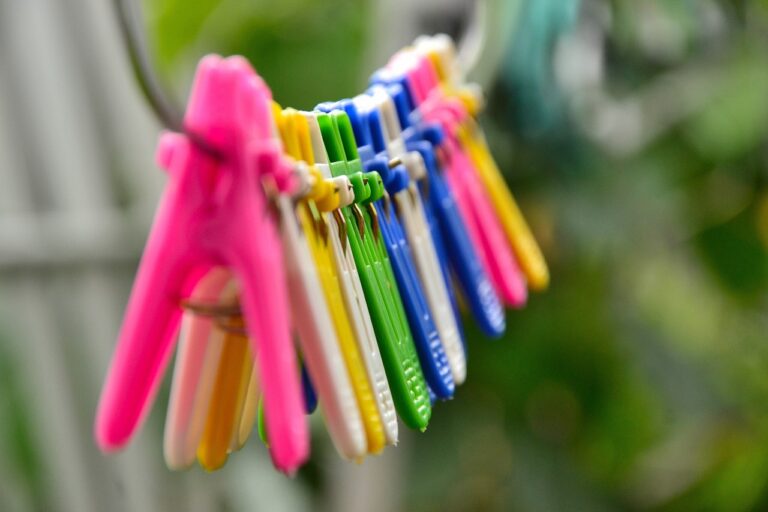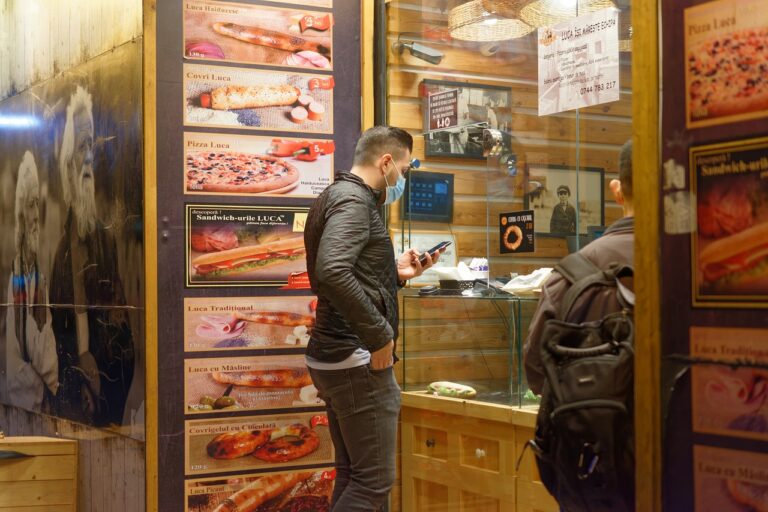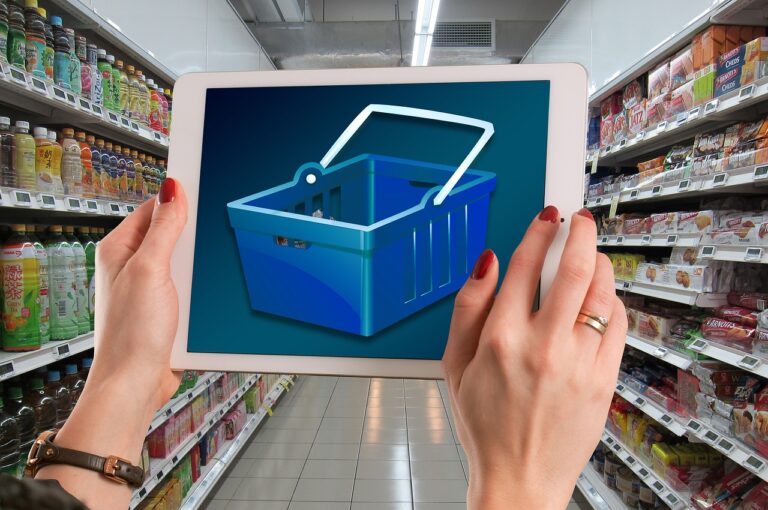The Future of Sustainable Packaging: Mushroom-Based Materials, Seaweed Wraps, and Edible Containers
Sustainable packaging has witnessed a significant transformation in recent years, with an array of innovative solutions emerging to reduce the environmental impact of traditional packaging materials. From plant-based bioplastics to compostable alternatives, the focus is on finding materials that can be recycled or decomposed efficiently without harming the planet. These advancements in sustainable packaging not only address the issue of plastic pollution but also strive to minimize waste and carbon emissions throughout the product lifecycle.
One notable innovation gaining traction is the use of recycled ocean plastics in packaging materials, offering a way to repurpose harmful marine debris into functional packaging solutions. Collaborations between companies and environmental organizations have led to the collection and recycling of ocean plastics, turning them into packaging materials that help close the loop on plastic waste. By incorporating recycled ocean plastics into packaging design, brands can not only demonstrate their commitment to sustainability but also contribute to the preservation of marine ecosystems.
The Rise of Mushroom-Based Materials
Mushroom-based materials have been gaining attention for their sustainable and eco-friendly properties in the world of packaging. Mycelium, the root structure of mushrooms, can be grown into various shapes and forms to replace traditional plastic and Styrofoam packaging materials. These mycelium-based products are not only biodegradable but also have impressive strength and durability, making them a promising alternative in the quest for sustainable packaging solutions.
One of the key advantages of mushroom-based materials is their ability to decompose naturally without leaving harmful residues in the environment. As consumers and industries alike strive to reduce their carbon footprint and combat plastic pollution, the versatility and biodegradability of mushroom-based materials offer a viable solution. With ongoing research and innovation in this field, mushroom-based packaging presents a promising future where sustainability and functionality go hand in hand.
• Mushroom-based materials are gaining attention for their sustainable and eco-friendly properties in packaging
• Mycelium, the root structure of mushrooms, can be grown into various shapes to replace traditional plastic and Styrofoam
• These products are biodegradable, strong, and durable
• Mushroom-based materials decompose naturally without leaving harmful residues
• Versatility and biodegradability make them a promising solution for reducing carbon footprint and combating plastic pollution
Exploring the Potential of Seaweed Wraps
Seaweed wraps are gaining attention as a promising eco-friendly alternative to traditional packaging materials. These wraps are derived from seaweed, a sustainable and abundant resource that grows quickly without the need for fertilizers or pesticides. As consumers become more conscious of the environmental impact of their purchases, seaweed wraps offer a biodegradable and compostable option that aligns with their values.
The potential of seaweed wraps extends beyond their biodegradability. These wraps also possess barrier properties that can help extend the shelf life of perishable goods, reducing food waste in the process. By exploring the use of seaweed wraps in various industries, from food packaging to cosmetics and beyond, we can harness the full potential of this natural material in creating a more sustainable future.
What are some key innovations in sustainable packaging?
Some key innovations in sustainable packaging include the use of mushroom-based materials and seaweed wraps.
How are mushroom-based materials being utilized in sustainable packaging?
Mushroom-based materials are being used as alternatives to traditional plastics in packaging, offering a biodegradable and eco-friendly option.
What are the benefits of using seaweed wraps in packaging?
Seaweed wraps are natural, renewable, and biodegradable, making them a sustainable option for packaging materials.
How can seaweed wraps help reduce plastic waste?
By using seaweed wraps as an alternative to traditional plastic packaging, we can help reduce the amount of plastic waste that ends up in landfills and oceans.
Are seaweed wraps cost-effective for businesses to use in packaging?
While the initial cost of seaweed wraps may be higher than traditional plastic options, the long-term benefits of using a sustainable and biodegradable material can outweigh the costs.







